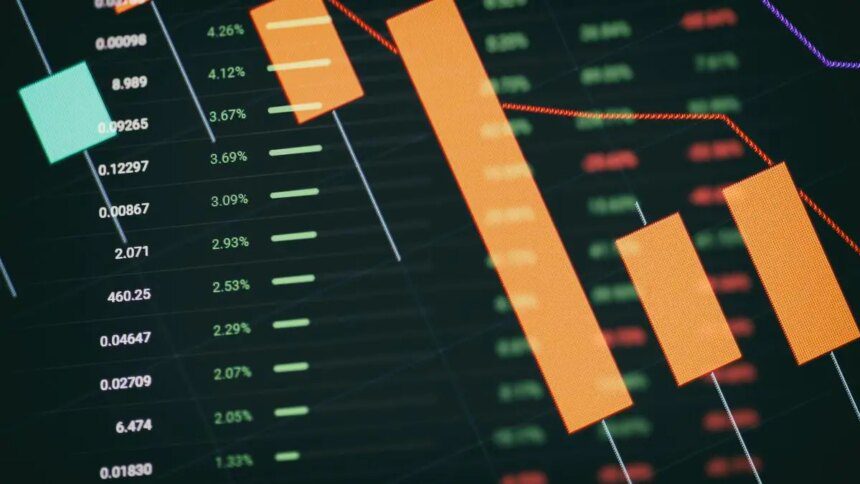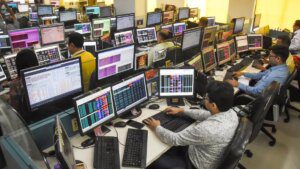The sharp rally in the US markets in recent months has provided an avenue for well-heeled investors to diversify their bets from lacklustre domestic markets.
Investors have pumped in ₹1,660 crore in Fund of Funds investing in the overseas markets in the September quarter against the net outflow of ₹305 crore logged in the June quarter.
The turnaround in overseas FoF investments reflect the investor sentiments as the inflows were just Rs 87 crore in the March quarter against net outflow of ₹59 crore logged in December quarter.
In September quarter, the industry has added 1.08 lakh folios of largely high networth investors who typically invest in this high-risk high-return MF offerings. A large chunk of MF overseas schemes are focused on the US markets.
SEBI halted MF investments in overseas markets three years back as it inched closer to the overall industry cap of $7 billion and $1 billion for passive funds.
It was subsequently eased after volatility in global markets provided leg-room for MFs to accept fresh investments with strict adherence to the prevailing limit.
Amid the growing debt concern, the US markets have been rallying ever since US President Donald Trump kicked off a tariff war to bridge the trade deficit and make America Great Again.
Currently, the US levies an effective average tariff of over 10 per cent on imported goods, up from 2 per cent at the start of the year, and has generated $192 billion in tariff revenue so far.
In a bid to tackle corporates concern on high cost, Trump enacted One Big Beautiful Bill Act which provides series of relief to corporates and individual tax payers. The standard deduction for tax payers has been increase from $750 to $15,750 for single filers and from $1,500 to $31,500 for joint filers.
In last six months, the Nasdaq has gone up by 35 per cent while S&P 500 and Dow Jones indices have returned 24 per cent and 18 per cent. In the same period, Sensex and Nifty indices have returned 6 per cent each.
Sunil Subramaniam, Director of independent think tank Sense and Simplicity said despite the tariff impact on the US economy in terms of sticky inflation and weakening labour markets, the US stock markets have performed extremely well on the back of incentives given by the government to both corporates and individual tax payers and expectations of another rate cut by the US Fed.
For Indian investors, the rupee’s depreciation against dollar in the last one year has been the icing on the cake and has added 5 per cent to the stock market return, he said.
However, the US markets are more nimble and may react quickly to any adverse developments and investors should evaluate the risk-reward dynamic before taking calculated risk while investing in overseas markets, he added.
Published on October 25, 2025










